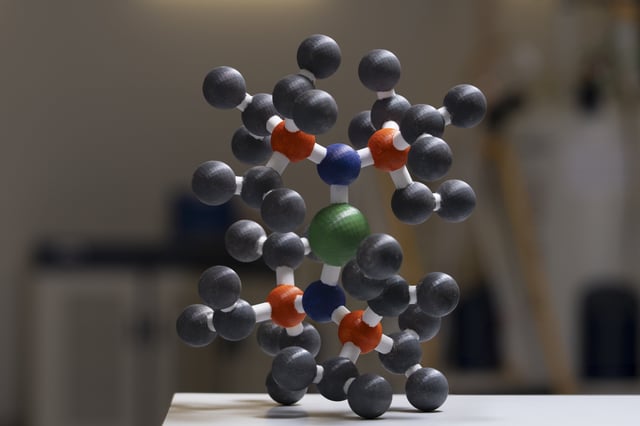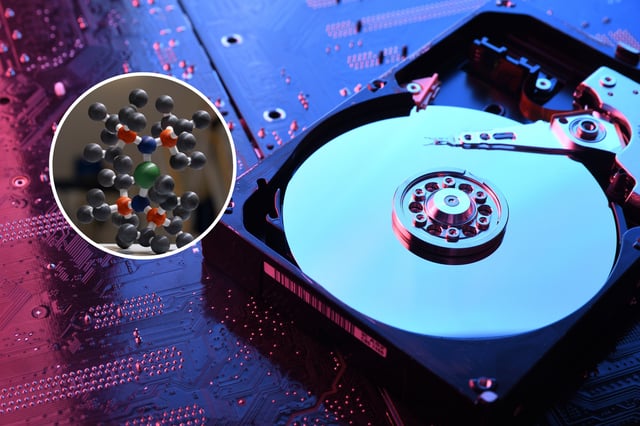Overview
- The magnet achieves magnetic hysteresis up to 100 Kelvin (−173°C), breaking the previous 80K record for single-molecule magnets
- An alkene “molecular pin” holds a dysprosium atom in nearly perfect linear coordination with two nitrogen atoms to boost magnetic performance
- High-performance quantum simulations on ANU and Pawsey supercomputers explained the molecule’s spin dynamics and informed its design
- The technology could compress about three terabytes of data into a postage-stamp-sized area, equivalent to 40,000 CD albums or 500,000 TikTok videos per square centimeter
- Researchers say the requirement for liquid-nitrogen cooling confines the approach to large data centers and rules out consumer applications in the near term

